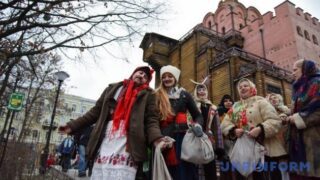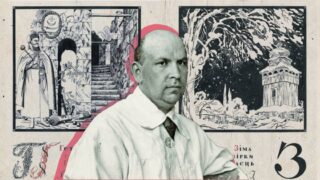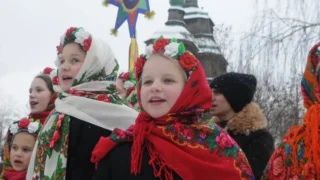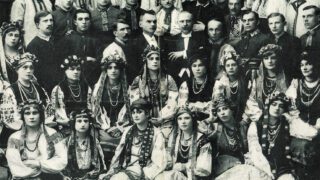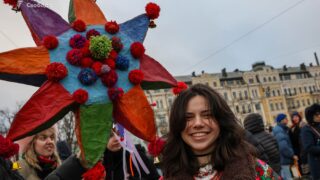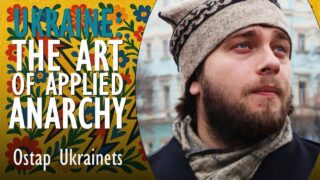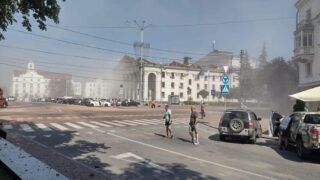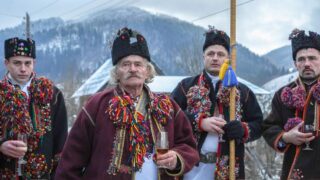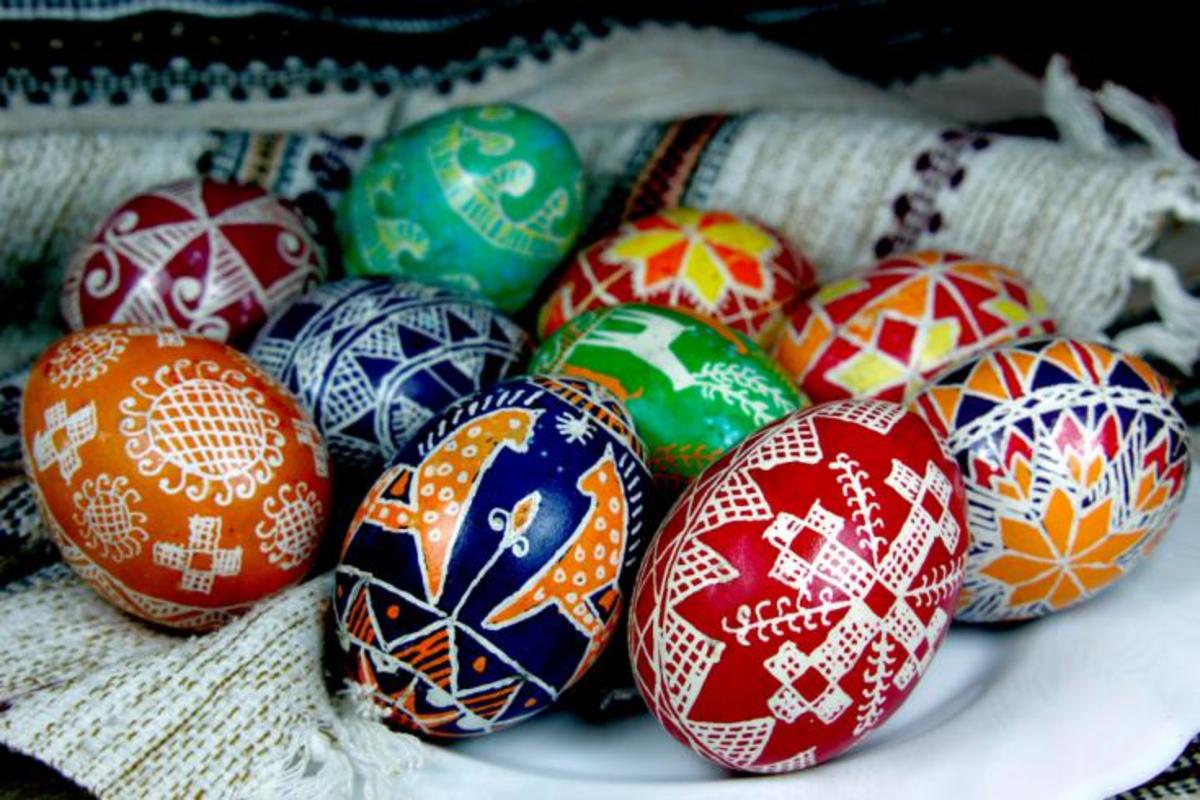
Ukrainian “pysanka” Easter egg gains UNESCO cultural heritage status
Ukraine’s Culture Ministry has announced that the UNESCO Intergovernmental Committee for the Safeguarding of the Intangible Cultural Heritage has recognized a Ukrainian “pysanka” or Easter egg as a cultural heritage of humanity.
The pysanka, a traditional Ukrainian Easter egg, holds profound cultural and historical significance. It symbolizes the rebirth of nature and the arrival of spring. Originating from ancient pagan rituals, the art of pysanka writing has evolved over centuries, incorporating Christian symbolism. The intricate designs are usually created using a wax-resist method known as batik, where melted beeswax is applied to the eggshell before dipping into various colored dyes. Each color and motif carries specific meanings, often reflecting themes of life, fertility, and protection.
The UNESCO Committee session took place on 3 November in the Paraguayan capital of Asunción. During this session, the joint Ukrainian and Estonian application for recognizing a Ukrainian Easter egg as a cultural heritage of humanity was approved.
Mykola Tochitsky, Head of the Ministry of Culture and Strategic Communications of Ukraine, stated that this decision reaffirms the strength of Ukrainian unity, especially as Russia continues to destroy its culture, monuments, theaters, libraries, and museums.
“In the fight for our homeland, our artists, bearers of living heritage, are being killed. Their loss undermines the very heart of our identity. Without the people of living heritage, there is no heritage at all. Yet we prove that even in the darkest times, we remain unbreakable,” said Tochitsky.
The Ministry of Culture noted that work on the nomination began in 2017.
It was based on three elements, two of which are included in the National List of Intangible Cultural Heritage of Ukraine: “Ukrainian Easter egg: tradition and art” and “Hutsul Easter egg tradition.”
The third element, “Ukrainian Easter egg, tradition, and art of decorating Easter eggs,” is included in Estonia’s National List of Intangible Cultural Heritage.
Read also:



